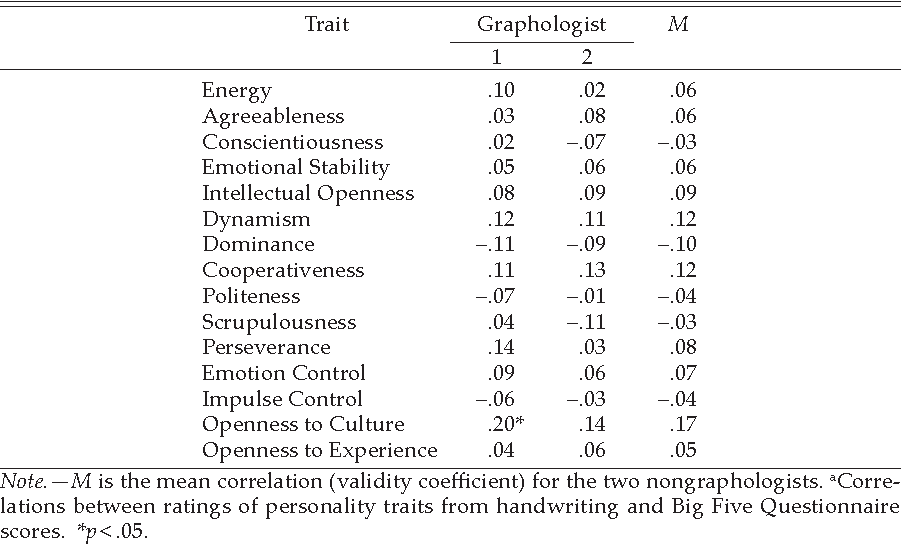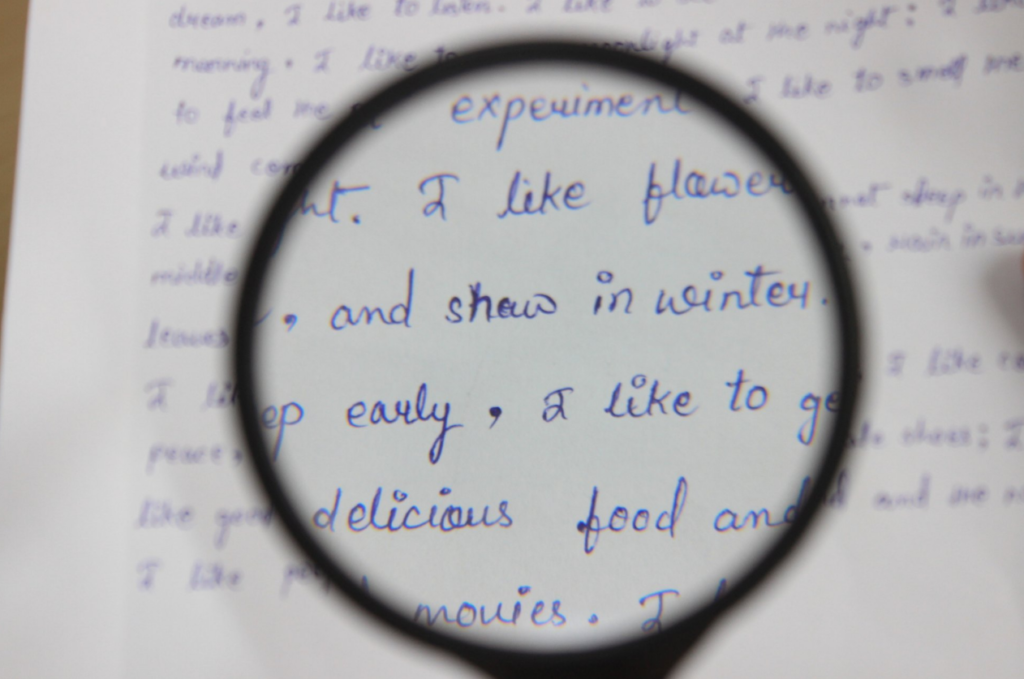Table of Contents
So, what if we told you those messy notes, grocery lists, and doodles could give away your deepest secrets? Welcome to the curious and often eyebrow-raising world of graphology, where your handwriting gets treated like a psychological treasure map. While this may seem like a rather strange mix of science, art, and mysticism, graphology has been fascinating and baffling for centuries. Get your pen and paper ready-or perhaps not, if you don’t want to give too much away-as one delves into the history, claims, and controversies of this quirky field.
What is Graphology, Really?
Graphology is the art (or pseudoscience, depending on whom you ask) of analyzing handwriting to reveal personality traits, emotions, and even your state of mind. Think of it as your brain’s way of putting itself on paper. The idea here, called “brain writing,” is that everything from the way you cross your ‘t’s to how big your loops are says something about what’s going on upstairs.

Graphologists say your penmanship mirrors quirks in your brain, so every squiggle and flourish might just reveal who you really are. This tension—between its popular appeal and scientific dismissal—frames the heart of the debate around graphology. While it might make for a fun conversation at parties, the truth behind the practice is murkier than its fans like to admit.
History of Graphology
Graphology originally derives from ancient times when scribes and scholars started to believe that there could be a message in these squiggles. It was only in the 19th century that a French abbot, Jean-Hippolyte Michon, took time off from his religious duties to establish a foundation for what is now referred to as modern graphology. He did work that later led to the establishment of one of the first scientific treatments of handwriting as a reflection of character.

Over the years, graphology spread throughout Europe, Israel, and India, even being taught at some schools alongside more. accepted subjects. But modern science has never remained convinced, largely relegating graphology to the quirkier corners of pseudoscience.
Handwriting in Action
Believe it or not, graphology has actually wormed its way into the courtroom-sort of. In high-profile criminal cases, handwriting analysis can sometimes offer insights into a suspect’s psychological state. For instance, graphologists have analyzed ransom notes and threatening letters, providing clues that could assist in investigations. While these findings are often considered supplementary and not entirely reliable, they add an intriguing layer to criminal profiling.
The Zodiac Killer
One of the most famous cases involving handwriting analysis is that of the Zodiac Killer. From the late 1960s into the early 1970s, the Zodiac Killer terrorized Northern California with letters and codes to newspapers, taunting both police and the public. The threatening messages and series of complex codes in his correspondence made for one of the central foci of investigation.

Ciphers and handwriting were similarly examined by both police and amateur sleuths to find evidence leading to the killer. The killer’s unique writing style was characterized by urgent punctuation and irregular spacing. Some pundits have surmised that these features may provide some clue to the killer’s psychosis or even to his eventual identification. Many theories involved a whole lot of deeper analysis, but none of it could solve the case.
The handwriting of the Zodiac Killer was fascinating and highly speculative. Though some believe his singular handwriting may have provided clues as to his identity or state of mind, it ultimately did not lead to a breakthrough in the case. The case of the Zodiac Killer remains a testament to the limit of handwriting analysis in solving crimes, even when combined with the best of forensic and investigative techniques.
Strange Uses of Graphology
Yes, businesses have dabbled in graphology to screen employees, maybe hoping a few strokes of a pen could bring out someone’s trustworthiness or leadership potential. Well, spoiler alert: this is a practice that isn’t exactly common anymore, and for good reason. There is no reliable way to prove these traits through handwriting; the ethical questions around this method are pretty big. One notable case involved a company that used handwriting analysis to select candidates for a high-stakes executive position. While the process was unconventional and criticized for its lack of scientific rigor, it highlights the lengths to which some organizations have gone in their quest for the perfect employee.

Different rules for different parties to suit their logic. (Source)
Similarly, some people even use graphology to check compatibility in relationships. Imagine a date where instead of discussing interests or hobbies, you spend the evening critiquing each other’s handwriting. As strange as it sounds, some have tried this method to gauge romantic potential, adding a touch of awkwardness to the dating scene.
Science or Nonsense?
And here is where things get tricky. Critics say graphology is no more scientific than reading tea leaves, only with a greater amount of ink. The biggest problem? There is no empirical evidence reliably linking handwriting analysis to personality traits or psychological states. A 2003 study by Dazzi and Pedrabissi, for example, tested the reliability of graphology in predicting personality traits based on the Big Five Personality Test and found no significant correlations (Dazzi & Pedrabissi, 2003). The practice is subjective, prone to bias, and lacks reproducibility which are the hallmarks of scientific validity.

Graphology in scientific parlance fails to meet the criteria for objectivity, reliability, and reproducibility, which are usually considered the cornerstones of valid research. It is highly subjective and thus very susceptible to bias, lacking even one strict and coherent framework that could provide coherence among different people. A recent meta-analysis reviewed over 200 studies on the subject and reached the conclusion that graphology offers little or no validity in predicting anything beyond basic motor skills. That is, in a nutshell, your handwriting may be unique, but it is not necessarily the window to your soul.
Similarly, the review written by Beyerstein, 2007, states that graphology is unsupported by empirical data it has also never succeeded in uncovering significant psychological or personality correlates. Another related work, Found and Rogers (2008) researched forensic handwriting analysis and underlined the considerable error rates of it; hence, this type of analysis is not reliable to be used in critical situations.

From Movies to Memes
If you have ever watched some detective show or film that revealed someone’s personality through a suspiciously correct handwriting analysis, then you have witnessed the pop culture moment of graphology. The mystery of it loves the media using graphology as a dramatic tool in unraveling plots or revealing character motives. These portrayals, far from reality, have helped fuel the public’s fascination and gave graphology an air of mystique that is hard to shake.

With today’s digital world, we are doing more typing and less handwriting. So where does that leave graphology? Some are trying to keep up with the times, applying their skills to the analysis of digital handwriting-whatever that means. However, even this adaptation faces skepticism from the tech world, where traditional graphology struggles to find its place.
Is Your Handwriting Saying More Than You Think?
Graphology is one of those weird, durable fields that just won’t quit. Whether it’s because of the meld of mystery and psychology within or because people love to imagine that their handwriting says more than “I need more coffee,” it holds a quirky place in public consciousness.
Is it likely to be definitively debunked-or validated-by science? Unlikely. But that doesn’t mean you can’t have fun speculating about what your looping ‘g’s or perfectly dotted ‘i’s say about you. Who knows? The next time you sign a check, perhaps your penmanship will say more than just a dollar amount-or at least give you a good story to tell.
Whether you’re a believer, skeptic, or just curious, we want to hear from you! Got a theory on what your handwriting says about you? Drop us a comment or pitch your own ideas – [email protected].